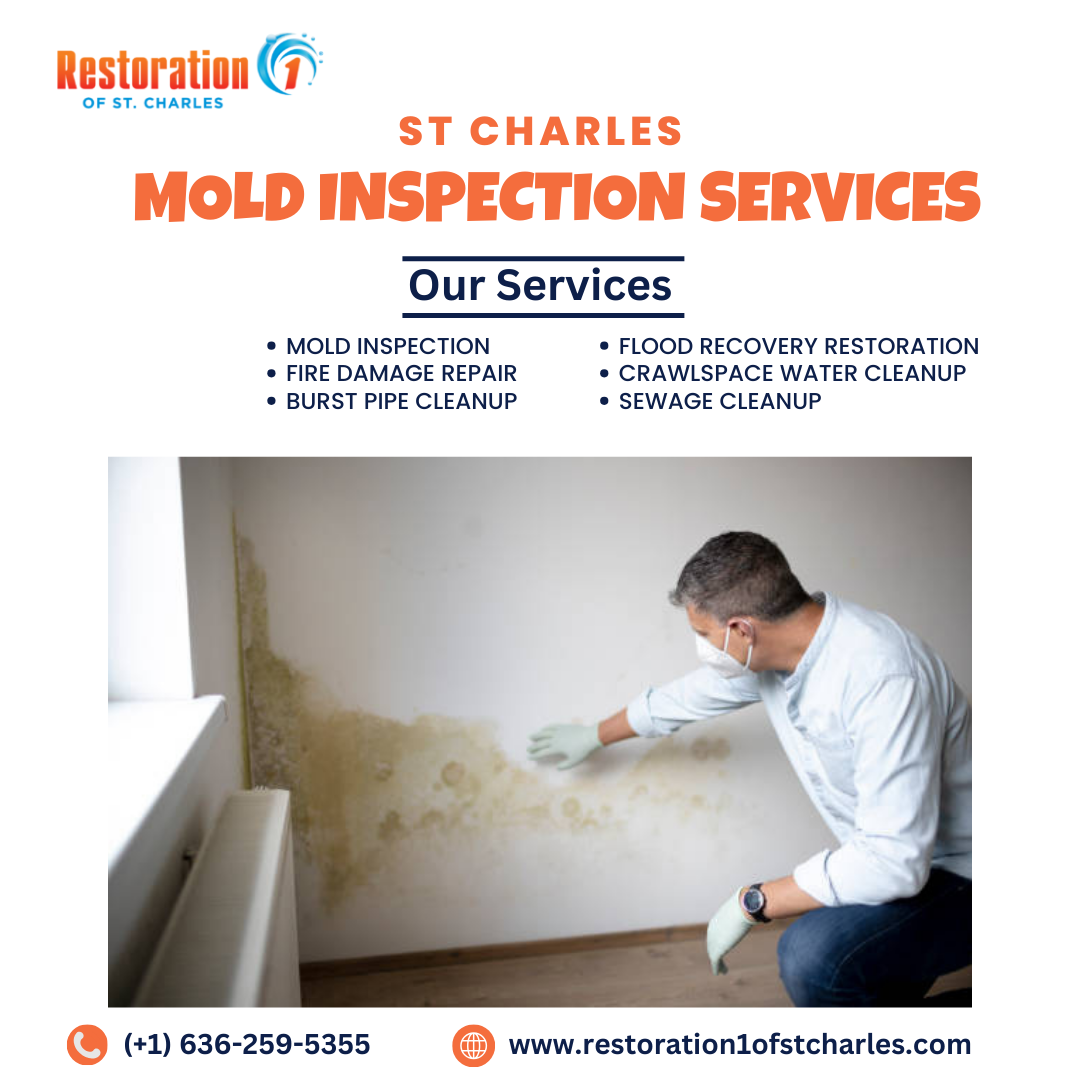
Mold is a common problem in many households, and while it may seem like a minor issue at first, it can quickly grow into a major health and structural concern. The growth of mould is not just an aesthetic problem; it can lead to respiratory issues, allergies, and even more serious health complications. In addition, mould can weaken the structure of your home, causing damage that could lead to costly repairs. Therefore, getting rid of mould permanently is essential for maintaining a healthy and safe living environment.
Understanding the root causes of mould growth is the first step in ensuring that it does not return once removed. Mould thrives in damp, humid environments. Bathrooms, basements, kitchens, and other areas where moisture is present are the most common places for mould to grow. Leaky pipes, poor ventilation, and high humidity levels in the home provide the perfect breeding ground for mould spores to settle and expand. Knowing this, eliminating mould permanently requires addressing both the visible signs of mould and the underlying moisture issues that encourage its growth.
Identifying the Signs of Mould
One of the most important steps in removing mould is being able to identify it early. While mould can sometimes be seen as black, green, or white spots, it can also grow behind walls or under carpets where it may not be immediately visible. In these cases, the first sign of mould may be a musty odor, especially in damp areas of the home. If you notice persistent dampness or condensation on windows, this could also be a signal that mould is growing nearby.
In addition to the physical presence of mould, health symptoms can also be an indicator. Mould exposure can lead to sneezing, coughing, skin irritation, and difficulty breathing. People with allergies or asthma are particularly sensitive to mould and may experience more severe reactions.
Once you have identified the signs of mould, it is crucial to act quickly. Mould spreads rapidly, and a small patch can quickly grow into a much larger problem. Waiting to address the issue can make removal more difficult and expensive.
DIY Methods vs. Professional Mould Removal
When it comes to removing mould, homeowners often wonder whether they can handle the problem themselves or if they need to call in professionals. Small areas of mould, such as those found in the shower or on windowsills, can often be cleaned with household products like bleach, vinegar, or mould-specific cleaning sprays. However, these methods are often temporary fixes and do not address the root cause of the mould problem—excess moisture.
Using DIY methods can sometimes give homeowners a false sense of security, thinking they have removed the mould completely. However, if the underlying moisture issue is not addressed, the mould will likely return. In more severe cases, such as when mould has spread to walls, floors, or ceilings, or when it covers an area larger than ten square feet, professional help is needed.
Mold Removal Services In St Charles offer expert solutions for homeowners dealing with persistent or extensive mould problems. These services use advanced equipment and techniques to ensure that mould is not only removed but that the underlying conditions that caused the mould to grow are addressed. Professional mould removal typically involves the use of industrial-grade cleaners and dehumidifiers, as well as proper containment procedures to prevent the spread of mould spores to other areas of the home.
Hiring professionals ensures that the mould is removed safely and effectively, reducing the risk of recurrence. It is particularly important to call in experts if anyone in the household has health conditions that could be aggravated by exposure to mould.
Preventing Mould from Returning
Even after mould has been removed, it is essential to take steps to prevent it from coming back. Since mould thrives in moist environments, controlling the humidity in your home is key to long-term prevention. One way to do this is by using a dehumidifier, especially in areas like basements or bathrooms where moisture tends to accumulate. Keeping humidity levels below 50% can significantly reduce the chances of mould growing.
Proper ventilation is also crucial. In bathrooms, kitchens, and laundry rooms, where steam and moisture are common, installing or maintaining exhaust fans can help keep these areas dry. Ensure that vents and ducts are not blocked and are functioning properly. Opening windows or using fans after showering or cooking can also help to circulate air and remove moisture.
Fixing any leaks in your home is another important step in preventing mould. Whether it is a leaky roof, a dripping faucet, or a pipe that is not properly sealed, any amount of water can provide the moisture needed for mould to grow. Regularly inspecting your home for signs of water damage or leaks can help you catch problems before they lead to mould growth.
Cleaning your home regularly can also help to prevent mould from returning. Dust, dirt, and organic material provide a food source for mould, so keeping surfaces clean and dry is essential. Pay special attention to areas where moisture collects, such as shower curtains, windowsills, and basement floors. If you notice any dampness, dry the area immediately to prevent mould from forming.
The Importance of Regular Inspections
Even if you follow all the necessary steps to prevent mould, it is a good idea to have your home inspected regularly, especially if you have had mould issues in the past. Mold Removal Services In St Charles offer inspection services to help homeowners identify potential problems before they become serious. During an inspection, professionals will assess areas that are prone to mould growth and check for signs of moisture or water damage.
Regular inspections are particularly important for homes in humid climates or areas that are prone to flooding. Basements, attics, and crawl spaces should be checked regularly for signs of dampness or mould. By catching mould early, you can address the issue before it becomes a major problem.
Why Professional Mould Removal Is the Best Option
When dealing with mould, especially large-scale infestations, professional removal services provide peace of mind. Mold Removal Services In St Charles not only remove the visible mould but also identify and fix the root cause of the problem. Their thorough approach ensures that mould is less likely to return, making your home healthier and safer in the long term.
Professional mould removal is also important for protecting the structural integrity of your home. Mould can weaken walls, ceilings, and floors, leading to costly repairs if left untreated. By addressing the problem early and using the right removal techniques, professionals can prevent further damage to your property.
Finally, working with professionals ensures that mould is removed safely. Mould removal can be hazardous, particularly if large amounts of spores are released into the air during cleaning. Without the proper equipment and containment procedures, DIY removal can actually make the problem worse by spreading mould to other areas of the home.
In conclusion, getting rid of mould permanently requires a combination of thorough cleaning, moisture control, and regular inspections. While small mould problems can be managed with DIY methods, larger infestations should be handled by professionals. Mold Removal Services In St Charles offer the expertise and tools necessary to not only remove mould but to prevent it from returning. By taking these steps, you can protect your home and your health, ensuring that mould does not become a recurring issue.



